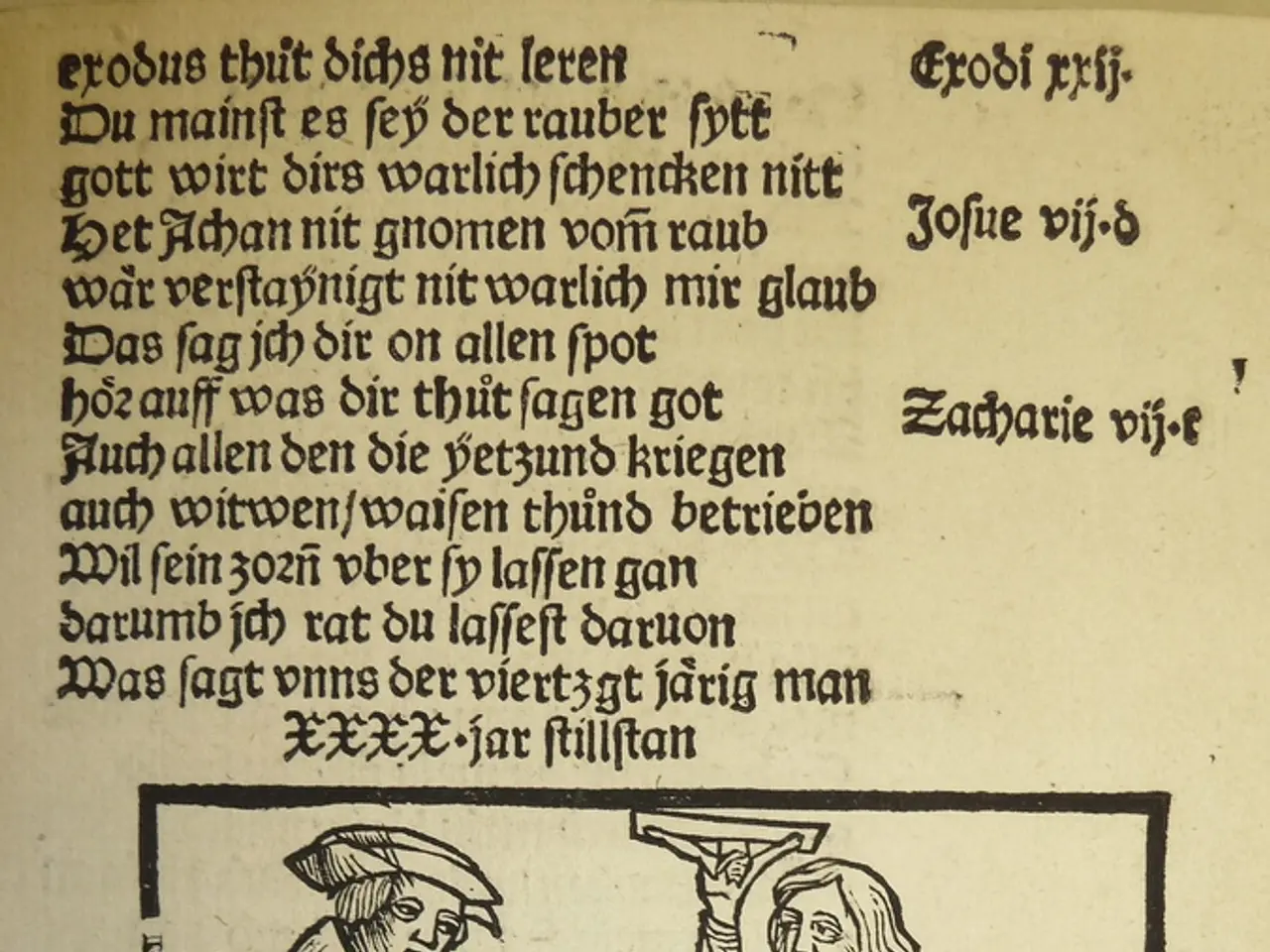Ancient Scripture: 6 Fascinating Facts About the Globally Recognized Earliest Writing Technique
In the heart of Mesopotamia, now modern-day Iraq and eastern Syria, a writing system was born that would shape history and culture for millennia. This is the story of cuneiform, a pioneering invention that offers proof that 'modern' ideas and problems have been experienced by human beings for thousands of years.
Cuneiform was not just a script, but an intellectual achievement unique to Mesopotamia. The Sumerians, its creators, used soft clay as their medium, a practice distinct from other civilizations who often employed materials like papyrus or stone. This use of clay for writing was not only a technological innovation, but also a cultural phenomenon.
The writing system evolved from a pictographic language to a more abstract and complex script, inherited and adapted by successive Mesopotamian peoples. Cuneiform tablets, inscribed with reed styluses while the clay was still wet, hardened to create permanent records. This method made the recorded information durable and tangible, but also limited the size and complexity of texts.
Cuneiform was used for over 3000 years, from around 3400 BC until the first century AD. During this time, it was used to write more than just the two main languages, Sumerian and Akkadian. More than a dozen other languages are recorded, offering a platform to hear the voices of various ancient individuals, including children, bankers, merchants, priests, healers, and women.
One of the most fascinating aspects of cuneiform is the stories and myths it contains. Some tablets, like a 4,400-year-old one from Nippur, tell previously unknown Sumerian myths. For example, a narrative about the storm god Ishkur trapped in the netherworld and a fox volunteering to rescue him — a story incomplete because the tablet is broken, and scholars may never know how it ends.
The British Museum houses the world's largest collection of cuneiform tablets, containing more than 130,000 examples of cuneiform writing. Many of these tablets belonged to schoolchildren and contain spelling and handwriting exercises, making them an intriguing glimpse into ancient education.
The word "cuneiform" comes from Latin 'cuneus', meaning 'wedge', and refers to the shape made when a scribe pressed his stylus (made from a specially cut reed) into the clay. Despite being one of the earliest writing systems, much about the history and specific sites associated with cuneiform, such as the city of Sippar, remains poorly understood despite extensive archaeological findings of clay tablets at those sites.
Cuneiform continues to captivate us today, with children visiting the British Museum seemingly taking to it quickly. They find clay homework in spikey wedges more exciting than biro exercises on paper. The British Museum Press published a book on cuneiform in March 2015, authored by Irving Finkel and Jonathan Taylor, providing a comprehensive guide to this fascinating writing system.
In conclusion, cuneiform is not only a pioneering technological invention but also a cultural and historical phenomenon with complex adaptations, mythological dimensions, and continuing mysteries. Its influence extends beyond Mesopotamia, with Egyptian writing possibly evolving from cuneiform, as it can't have been an on-the-spot invention. The study of cuneiform offers us a unique window into the past, allowing us to hear the voices of our ancestors and understand the challenges they faced.
- Transcending its original purpose as a writing system, cuneiform has left its mark on various aspects of Mesopotamian culture, including their lifestyle and home-and-garden practices, as evidenced by the depictions of gardening scenes found on some cuneiform tablets.
- As the British Museum Press publication on cuneiform suggests, the study of this ancient writing system not only holds educational intrigue for school children but also extends to contemporary home-and-garden enthusiasts seeking to learn about the long-standing methods of the Sumerians, the pioneers of cuneiform.






